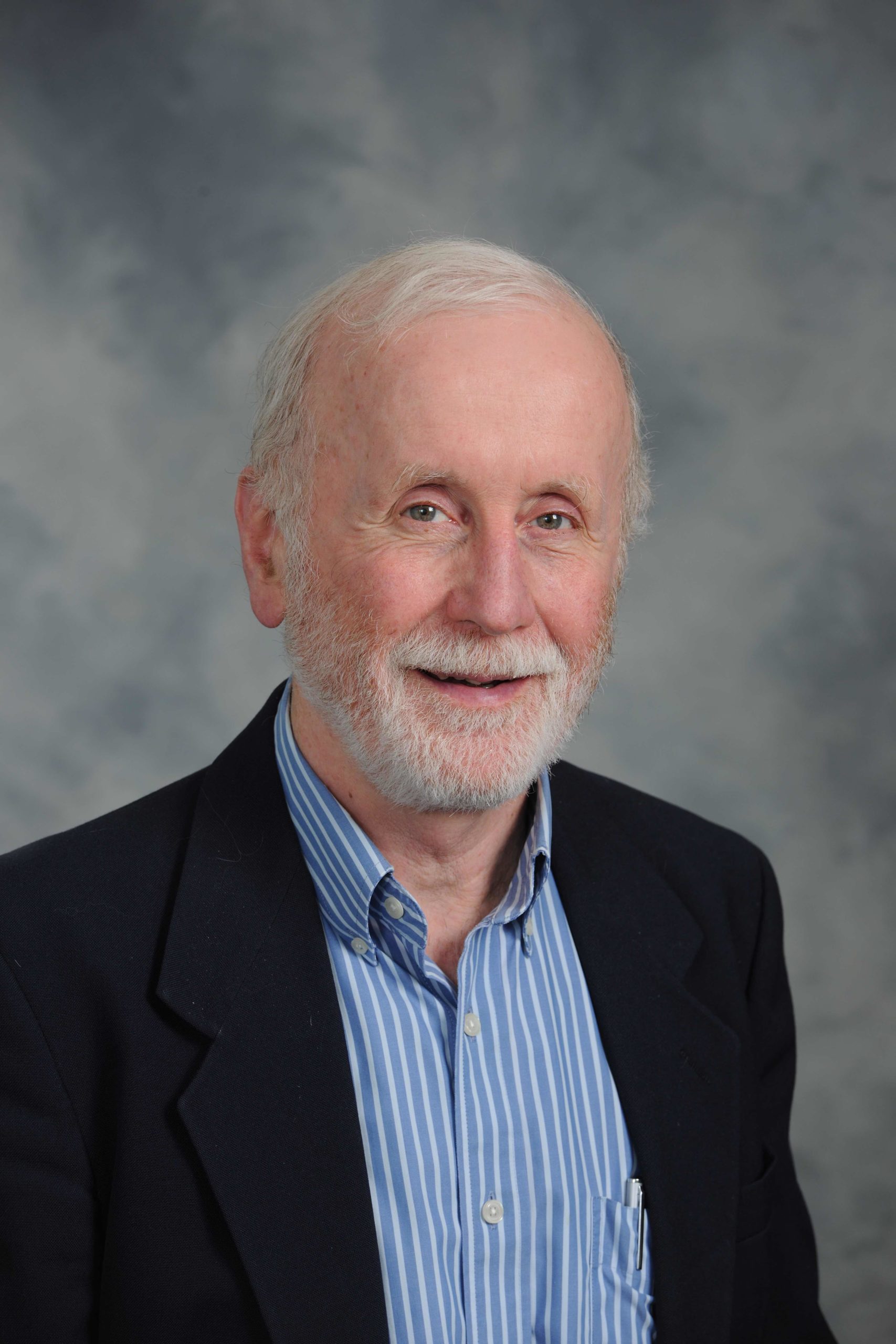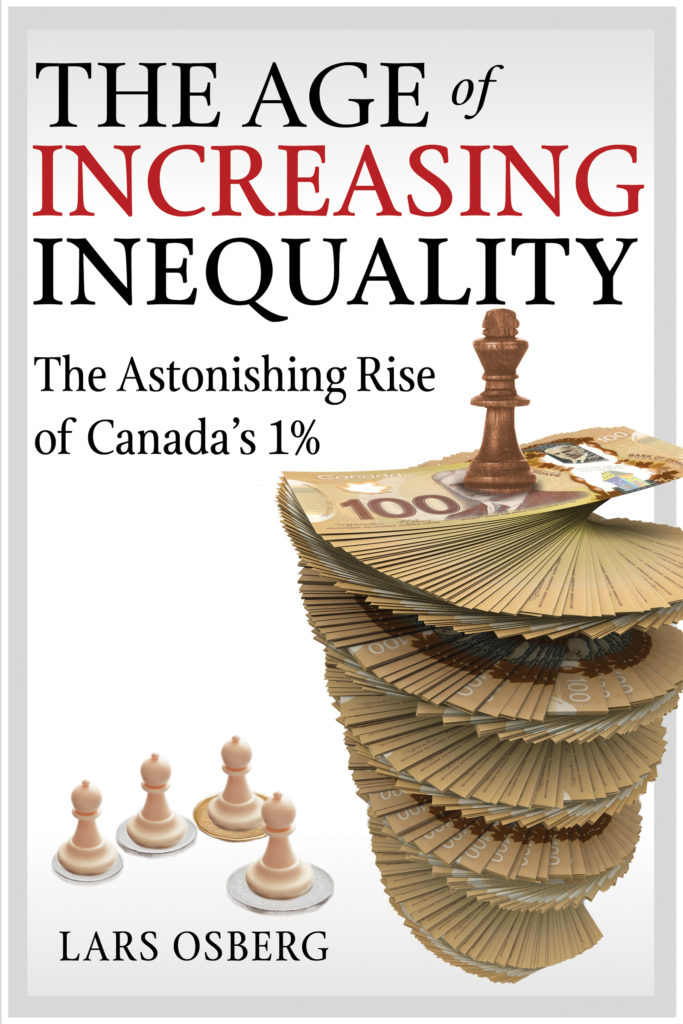by Sharon Broughton, February 18, 2020
The Age of Increasing Inequality: The Astonishing Rise of Canada’s 1%, Lars Osberg, Lorimer, February 19, 2019, 248 pp., $25.71
What kind of Canada do we want for the future of our children?
Does the increasing inequality between the top 1% and all those left behind matter for our human rights and democracy?
According to renowned Canadian economist Lars Osberg, the increasing inequality we are experiencing in our country is not just unfair, it is counter to the achievement of basic human rights for all citizens and toxic to public life.
Osberg is the McCulloh Professor of Economics at Dalhousie University whose research focuses on labour economics, and income and wealth distribution.
With a laser focus on data and trends specific to the Canadian context, The Age of Increasing Inequality: The Astonishing Rise of Canada’s 1% presents a rigorous account of our uniquely Canadian reality, proving increasing inequality is the new normal in Canada. Post-World War II middle class growth in Canada ended in 1980. Since 1981 incomes at the top have grown more than those at the bottom. It’s a simple observation that understates the full implication of the pace of change, the depth of the gaps between the poor and the middle class, and the economic elite and ordinary Canadians.
While the facts and trends are compelling in their way, the implication of this ‘new normal’ is the key takeaway from the book.
Osberg frames how, over the long term, a cycle of unbalanced growth, increasing top end income inequality and highly unequal wealth distribution is creating increased economic and social instability with potentially far-reaching consequences. Those of us working in the social sector already witness the challenges faced by those left behind in today’s economy every day within our charities, services and programs.
Over the last 35 years, the gains in economic growth have ended up at the very top of the income distribution charts. From the recession in the early 1980s and 1990s and the doubling of the unemployment rate in the 1980s and 1990s to inflation, those hardest hit were at the lowest pay levels, further compounding inequalities.
By unpacking the various economic tools for determining poverty, Osberg shows us between 3.3 and 5.2 million people in Canada live below the poverty line today. And Canada’s poorest citizens, the bottom 10-20%, are substantially worse off than they were 25 years ago. Economic growth has not trickled down to the very bottom, and to people who are impacted by precarious work and housing, and lack of full-time hours at minimum wage.
A linked reality is that the income gains from Canada’s oil boom from 2001-2014 were not evenly distributed, and Canada’s wealthiest have become more so, with the top 1%, the “economic elites,” becoming increasingly disconnected from the majority.
As a layperson, non-economist, I appreciated Osberg’s style, integrating real life stories with the facts, statistics and charts. Amidst my effort to make sense of all the pieces, I was struck by learning the difference $378 would make.
According to Osberg, eliminating poverty is not out of reach, if Canadians were willing to pay for it. By one calculation, it would cost each of the non-poor 90% of Canadians about $378 per year to eliminate poverty in Canada.
And despite what we may believe, Canada has been, in fact, much less generous to its poorest citizens over the past two decades than in the past.
Osberg clarifies the scope and limitations of his work, which is solely based on Canada and not intended to capture the broader lens of global inequality and poverty. And while the author recognizes that Indigenous people are over-represented in the ranks of those with the lowest incomes, he does not address the complexities of Canadian and First Nations inequalities. Further, he notes that homeless people, some rural and remote residents, and many Indigenous people, are missing from survey data, resulting in some of the most deprived citizens not being measured.
Everyone should have equal rights, and for that to happen, all citizens must have at least a minimum command over economic resources. According to the author, a Canada which actually delivered on its human rights commitments would be a substantially more equal place than the Canada we live in today. The book closes with a way forward, proposing five bold policy steps to help reduce the acceleration towards steeper inequality and social unrest, and to get us closer to the Canada many say they would like.
Canada is still one of the best possible places to live in the world and reducing Canadian economic inequalities is fundamental to keeping it that way. The reforms Osberg has identified are inspired by the idea of maintaining the flexibility, productivity and freedoms of a market-based economy by increasing the fairness of income distribution and thereby improving the economic and social system for the long term.
Reflecting on Osberg’s work, I am reminded of some words of wisdom shared by former President Barack Obama, speaking at an Economic Club of Canada event in Toronto on January 23, 2020 themed on the Future of Work.
Speaking to an audience of 50% young people, many of whom were Indigenous and racialized, and 50% adults from corporate Canada, non-profits and the public sector, he was asked what approach he would take to solving the toughest problems of our time. He said it is essential to have the facts – the best, most accurate data available on the issues at hand. From these, with the right minds gathered, hypotheses can be tested and the way forward carved, always returning to the evidence to understand what worked. He stated that there is uncertainty and risk to taking bold steps for change, but this is the only way to create the future we need.

When asked his favourite thing about Canada, Obama praised our country for being a society and a polity where a reasoned argument can take place with differing views, and where facts matter.
Osberg has created a compelling reality check with the most current, relevant facts on an essential issue facing our country, alongside a number of reasoned, progressive, innovative hypotheses to support a way forward.
My hope is that this book gets the attention of the leaders, thinkers, policy-makers and ordinary citizens who can influence the changes we need, that we can live up to our potential, and create a better future for our young people by making these facts matter.
(Sharon Broughton is CEO of the national charity Prince’s Trust Canada, and an Instructor in Non-Profit Leadership and Strategy at U of T’s School of Continuing Studies.)
